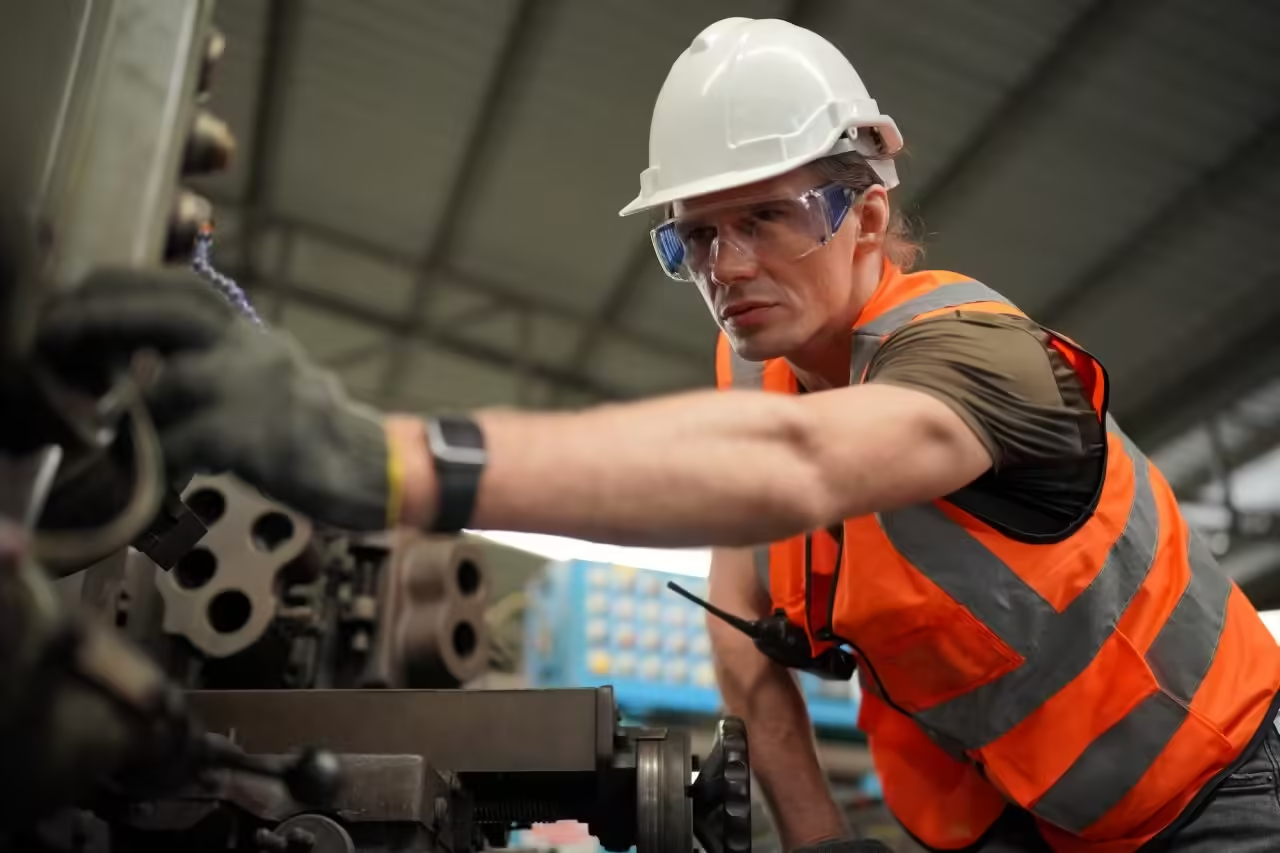Table of Contents
Introduction
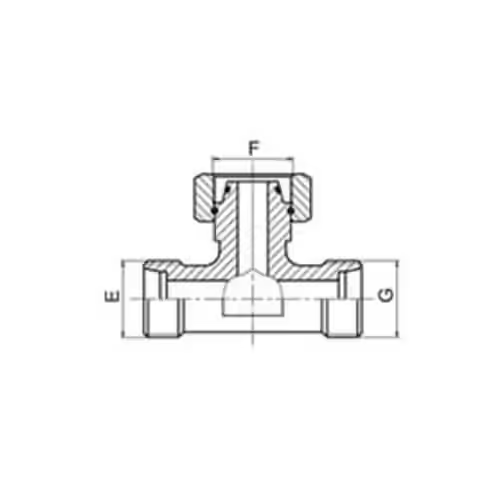
In the realm of woodworking and furniture manufacturing, the three way miter joint holds a unique place. This type of joint is celebrated for its clean look and spatial efficiency, commonly found in high-end furniture, custom cabinetry, architectural trim, and modular woodworking systems. However, because of its angular complexity, sourcing or supplying these joints requires more than just checking price tags. Both buyers and suppliers must pay close attention to the technical and logistical details that determine long-term success.
In today’s competitive global market, manufacturers and distributors can’t afford to make uninformed decisions. Overlooking even one critical detail could result in high rejection rates, product returns, or even customer loss. This guide is written specifically for buyers and suppliers to ensure that when you deal with a three way miter joint, you’re checking off all the right boxes.
Understanding the Basics of Three Way Miter Joint Design
A three way miter joint connects three materials—usually wooden pieces—at perpendicular angles (commonly 90 degrees) to form a seamless external corner. This joint is often found in decorative trims, corner fixtures, and furniture where two vertical and one horizontal piece intersect cleanly.
Characteristics of a Three Way Miter Joint
- Geometric Complexity: Unlike the simpler two-way miter, a three way miter must be calculated across three axes simultaneously, making accuracy paramount.
- Applications: Used in corner displays, box constructions, large picture frames, structural frameworks for furniture, and high-end carpentry installations.
- Aesthetic Benefits: Because all edges meet precisely at clean, concealed lines, the joint has a polished and minimalistic appearance.
- Load Distribution: While it’s not always the strongest joint structurally, with proper reinforcements it can support reasonable load-bearing functionality.
The more technically demanding a product is, the more careful the buyer needs to be.
NO. 1. Material Consistency and Grade
Why It Matters
Every three way miter joint begins with a piece of raw material—usually wood—that must meet very specific standards to ensure reliable performance. The structural and aesthetic quality of the joint hinges on the consistency and grade of the material. If the wood warps, splits, or shows imperfections after machining, the entire project could be compromised, leading to costly rework and delays.
In high-end cabinetry or architectural construction, even a small visual imperfection in the wood grain can render a product unsuitable for retail or showroom display. And in functional applications, low-grade materials may cause joints to weaken under stress or over time. That’s why buyers should place a premium on suppliers who understand wood grading and offer verified material certifications.
Buyer Guidelines
- Inspect for Grain Uniformity: Especially when sourcing hardwoods, inconsistent grain direction may cause joint failure or misalignment during finishing.
- Choose Kiln-Dried Material: Moisture content should be between 6% and 8% for indoor applications. Excess moisture can lead to warping.
- Check for Hidden Defects: Cracks, insect damage, or resin pockets may be hidden inside lower-grade lumber.
- Ask for Grading Standards: Reliable suppliers follow standardized grading systems like NHLA or international equivalents.
If you’re sourcing large volumes, require your supplier to provide batch samples for inspection and request access to their material sourcing certifications.
NO. 2. Dimensional Accuracy and Tolerances
The most critical component of a successful three way miter joint is precise dimensional consistency. Even the most durable material will fail if cuts are off by a fraction of a degree.
Real-World Example
A North American kitchen cabinet distributor placed a bulk order from an overseas manufacturer. Upon arrival, 22% of the units had minor misalignments due to 0.3 mm angular deviation. That small error led to expensive delays and manual reworking on-site.
Key Precision Metrics
- Tolerances: Aim for ±0.2 mm on angle and length for each component. Anything beyond this range may result in visible seams or instability under pressure.
- Machining Method: Computer Numerical Control (CNC) systems offer much higher accuracy and repeatability than manual saws or jigs. Confirm that your supplier uses modern equipment.
- Angle Verification: Upon receiving samples, use precision tools such as angle finders, laser levels, or machinist squares to verify compliance.
- Repeatability with Jigs: High-end workshops utilize production jigs that guide both the cut and the assembly of joints. Ask if your supplier uses jigs during production runs for added consistency.
- Dimensional Reporting: For large orders, ask your supplier for a dimensional report. This often includes a summary of sample measurements from various stages of production and confirms adherence to your spec.
The greater the complexity of the joint, the tighter the tolerances should be.
NO. 3. Joinery Reinforcement Techniques
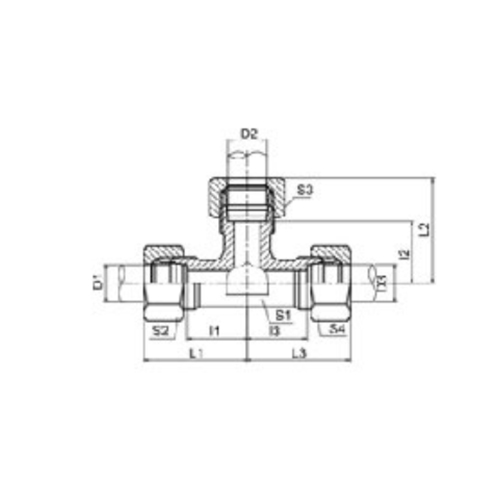
A three way miter joint may look beautiful, but without reinforcement, it can be structurally vulnerable—especially in high-stress installations. Reinforcement ensures the joint resists pull-apart forces and holds shape over time.
Popular Reinforcement Approaches
- Dowels: Wooden or metal pegs are inserted to increase holding strength.
- Biscuits: Compressed wood pieces glued into slots across the joint for lateral strength.
- Splines: Thin strips inserted into a groove cut across the joint.
- Screws + Plugs: Where aesthetics are secondary, screws can be hidden using plugs or caps.
- Glue Technology: Adhesives like PVA, polyurethane, or epoxy need to be matched to both the material and use case.
Buyer Actions
- Ask suppliers to specify which reinforcement method they use and why.
- Request samples of reinforced and non-reinforced versions for comparison.
- Confirm that reinforcement does not interfere with finishing or surface coatings.
Suppliers who understand reinforcement as more than an afterthought will deliver better-performing three way miter joint assemblies across all use cases.
NO. 4. Surface Finish and Compatibility with Coatings
For end-use environments where appearance matters, the finish of the three way miter joint is as important as its structure. A rough, uneven, or poorly sanded surface makes coating difficult and lowers perceived value.
Buyer Checklist
- Pre-sanding: Most industrial suppliers offer 150-grit or 180-grit sanding as standard.
- Edge crispness: Bevels and edges should be clean, not rounded or chipped.
- Veneer compatibility: For veneered panels, joints should be flush to avoid gaps.
- Paint adherence: Surfaces should be free of oil, dust, or resin.
Premium suppliers often offer pre-priming, staining, or UV-finishing services—ask for samples to match with your finishing process.
NO. 5. Supplier Reliability and Quality Control Standards
The Supplier Evaluation Table
| Evaluation Factor | What to Ask Suppliers | Why It Matters |
|---|---|---|
| ISO Certification | Do they hold ISO 9001 or equivalent? | Ensures standard quality control systems |
| Quality Inspection Protocols | Are third-party or in-house inspections carried out regularly? | Reduces the risk of defective products |
| Lead Time | What is the average lead time from order to dispatch? | Helps you manage inventory and production scheduling |
| After-Sales Support | Do they provide product warranties or replacement policies? | Reduces risk of financial loss due to poor quality |
| References and Testimonials | Can they provide reviews or references from past clients? | Confirms supplier’s market reputation |
A trustworthy supplier will have established a track record of transparency, responsiveness, and consistency in delivery. A one-time great product is not enough—you need long-term reliability.
NO. 6. Packaging and Logistics Considerations
Often underestimated, packaging is a silent destroyer of margins. Improper packaging during transit can lead to chipped edges, compression damage, or moisture-related warping of the three way miter joint pieces.
Recommended Packing Methods
- Foam Board Spacers: To prevent friction and rubbing.
- Moisture-Control Wraps: Especially critical in sea freight.
- Rigid Outer Cartons: Corrugated boxes or wooden crates.
- Unit Labeling: With barcode, part number, and orientation mark.
If possible, perform an inbound inspection upon delivery and report packaging failures to your logistics partners to refine your supply chain.
NO. 7. Price vs. Performance Balance
Key Concepts in Value Analysis
- Total Cost of Ownership (TCO): Includes not just unit cost, but also shipping, defect handling, labor, and warranty.
- Rework Rate: High failure rates increase post-delivery labor costs.
- Durability vs. Display: Balance between aesthetic needs and structural functionality.
- Economies of Scale: Larger orders may justify tooling investment for better consistency.
For example, paying $0.10 more per joint to reduce your rejection rate by 5% could result in substantial overall savings—especially at scale.
NO. 8. Customization Capabilities
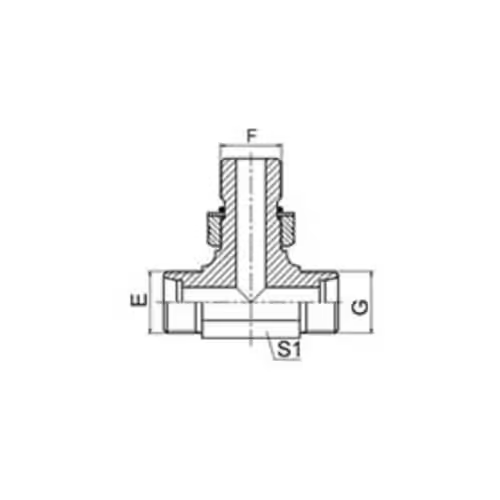
No two projects are identical. If you’re working in retail design, custom displays, or architectural woodworking, customization becomes non-negotiable. The ability to tailor the three way miter joint to your application is a major competitive advantage.
Questions to Ask
- Can the supplier adjust thickness, angle, or joint depth?
- Do they accept your CAD files or provide 3D modeling services?
- Can they laser-engrave, brand, or label joints for batch tracking?
- Will they collaborate in R&D for new product configurations?
The better the customization support, the more flexibility you gain in marketing and product positioning.
Conclusion
Investing in quality three way miter joint products is not simply about finding a supplier—it’s about forging a reliable partnership. The buyers who succeed in this space are those who apply structured checks at every stage of the sourcing process: material, dimension, reinforcement, finish, packaging, price, and customization.
This joint, while small in appearance, is a critical component of your brand promise to customers—whether you’re a manufacturer, wholesaler, or retail brand. Pay attention to the eight critical areas we’ve covered, and you’ll set a foundation for durability, precision, and long-term business success.
FAQ
Q1: Can I use a three way miter joint for outdoor furniture?
Only if the wood is properly treated and reinforced for outdoor conditions. Weatherproofing is crucial to prevent swelling or joint failure.
Q2: What is the lead time for custom miter joint orders?
Depending on the complexity and volume, lead times typically range from 7–30 days. Always confirm production timelines in your quote request.
Q3: Are miter joints better than dovetail joints?
Each joint has its use case. Dovetail joints are stronger for load-bearing drawers, while three way miter joints are more aesthetic and suitable for corners.
Q4: How should I handle joint assembly post-shipment?
Ensure your workshop follows exact alignment protocols and uses the recommended adhesive. Many buyers request pre-assembled units to reduce assembly time.
Q5: Can I automate miter joint assembly?
Yes, CNC routers, pneumatic clamps, and specialized miter presses can help automate both cutting and assembly. Custom tooling may be required for bulk processes.
Contact us
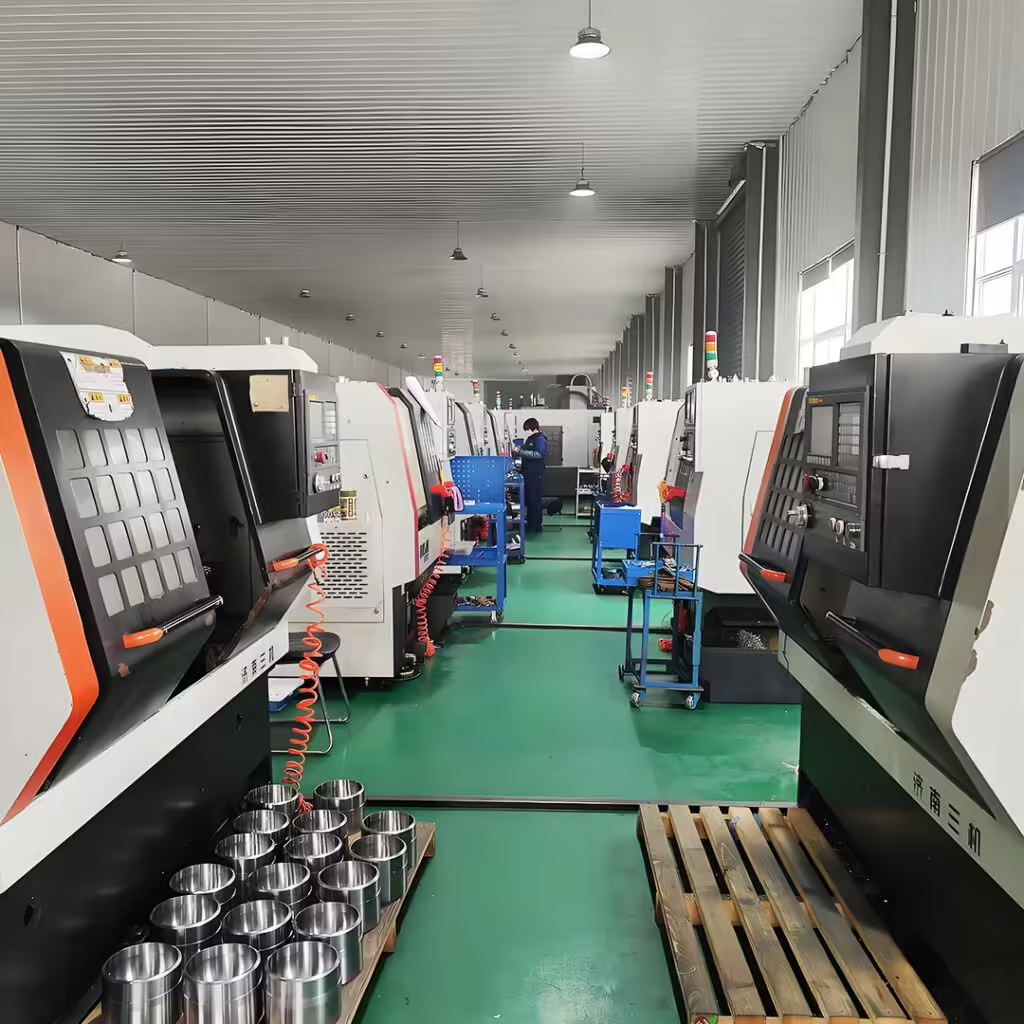
At Hebei Minglai Pipe Fitting Co., Ltd., we specialize in manufacturing both standard and customized hydraulic joints and rubber products. With strict adherence to our quality management system, we use only the highest-grade materials to ensure exceptional performance and customer satisfaction. If you’re seeking reliable solutions for three way miter joints or other hydraulic applications, feel free to contact us today—we’re here to help you solve the problem and drive industrial innovation forward.





